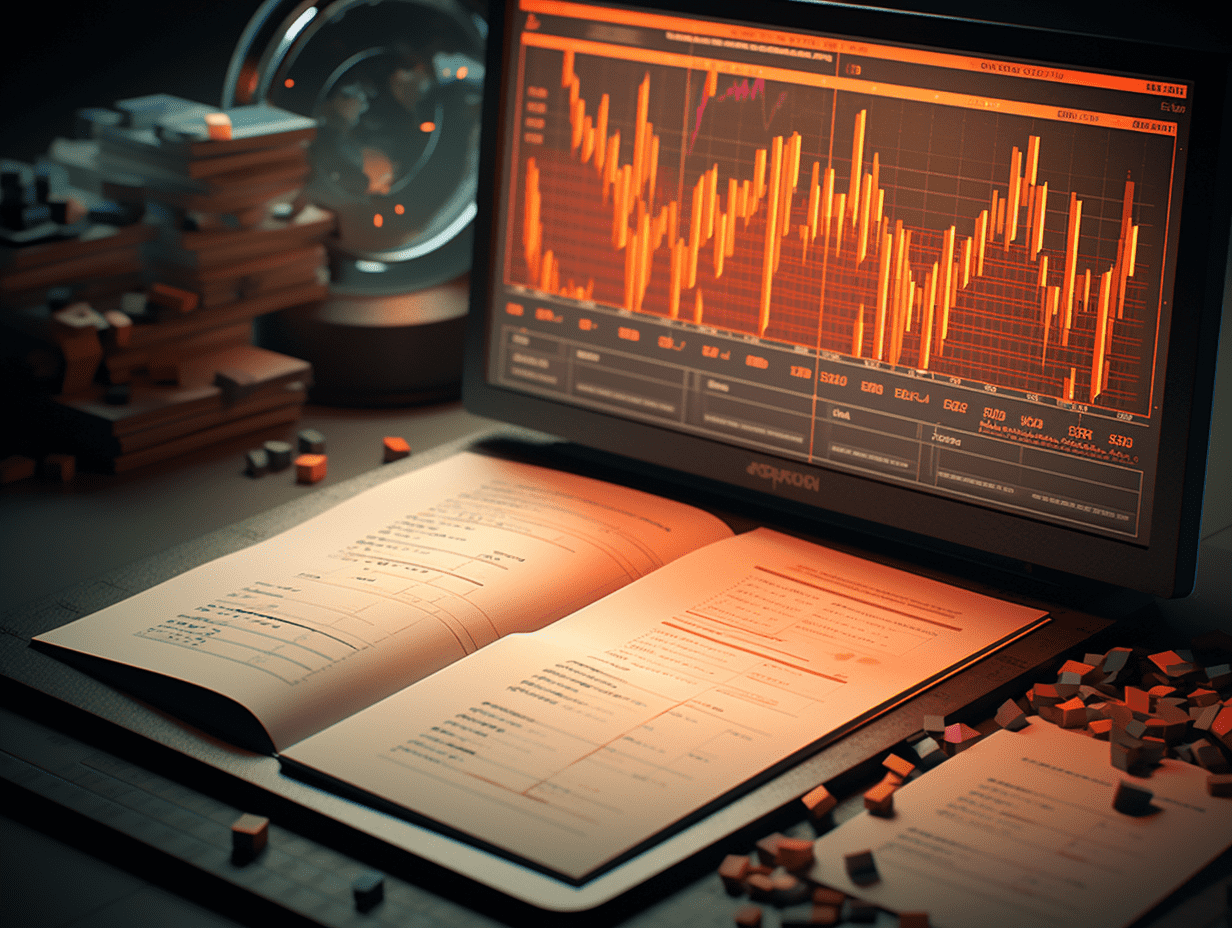
How high can the Bank of Japan raise interest rates?
The Bank of Japan is preparing for another rate hike, but the market is still speculating on how quickly it will raise the still low borrowing costs. The following is the communication the Bank of Japan has made recently regarding the timing and extent of a possible rate hike. So far, what has the Bank of Japan said and done?
The Bank of Japan ended its eight-year negative interest rate policy in March of this year, and unexpectedly raised the policy rate by 15 basis points to 0.15%-0.25% in July. Bank of Japan Governor Haruhiko Kuroda stated on Monday that the economy is moving towards sustained wage-driven inflation. This statement has been interpreted as the latest signal that another rate hike is on the way.
Kuroda also mentioned the benefits of timely rate hikes, stating that pushing borrowing costs up from extremely low levels would help achieve long-term economic growth. This language is similar to what the Bank of Japan used during its last rate hike cycle in 2007.
Former Bank of Japan Governor Toshihiko Fukui stated that gradually exiting stimulus measures early would help prevent bubbles and achieve stable, lasting economic growth. Under Fukui's leadership, the Bank of Japan raised rates from zero to 0.5% through two rate hikes in February 2007. However, in the following year, in response to the global financial crisis, the Bank of Japan was forced to re-enter a rate-cutting cycle and kept rates near zero for the next 16 years.
When will the Bank of Japan raise rates next?
Kuroda believes that rising wages will continue to stimulate consumption, allowing businesses to raise prices, meeting the preconditions for further rate hikes. Although Kuroda warned about the uncertainty brought by the US economy and market volatility, he stated that the Bank of Japan does not necessarily have to wait for all these risks to disappear, indicating an open attitude towards another rate hike at the December policy meeting.
Bank of Japan policymakers have not committed to a specific timing for the next rate hike. However, they believe that the market's expectation that the Bank of Japan will raise the policy rate to 0.5% by the end of March next year is reasonable.
Where does the Bank of Japan believe the neutral rate is?
If the Japanese economy continues to recover, the Bank of Japan will continue to raise its short-term policy rate to approach Japan's neutral rate, a level that neither stimulates nor hinders economic growth.
The Bank of Japan currently maintains the short-term policy rate at 0.25%. However, Japan's inflation rate has hovered around 2% for over two years, meaning that the real borrowing costs adjusted for inflation remain low. By raising borrowing costs to a level considered neutral for the economy, the Bank of Japan can withdraw what it considers excessive monetary stimulus measures.
Estimating the neutral rate is not easy, as different models can produce different results. Bank of Japan staff using different models estimate the real neutral rate for Japan adjusted for inflation to be around -% to 0.5%. This means that if Japan's inflation rate reaches the Bank of Japan's target of 2%, the Bank of Japan could raise the short-term rate to around 1% without cooling economic growth.
Based on forecasts in October, the Bank of Japan expects the short-term rate to approach its estimated neutral level in the second half of the "three-year forecast period ending in March 2027."
Although Bank of Japan board member Naoki Tamura stated in September that the Bank of Japan must raise rates to at least 1% by the end of next year, his colleagues have remained silent on the level of the neutral rate. Kuroda has also stated that due to a lack of data, it is difficult to make reliable estimates, as Japan's rates have long been maintained at zero.
What are the key triggers to watch for?
Aside from the neutral rate, the movement of the yen will have a significant impact on the timing of the Bank of Japan's rate hike. A weak yen was one factor that prompted the Bank of Japan to raise rates in July, as a weak yen raised import costs and broader inflation.
The uncertainty brought by the economic policies to be implemented by President Trump after his election will also complicate the Bank of Japan's decisions. Many of Trump's policies are expected to lead to a resurgence of inflation and may prevent substantial rate cuts by the Federal Reserve, keeping the yen weak against the dollar.
When might the Bank of Japan provide more hints?
Investors are closely watching the October CPI data to be released on November 22 in Japan. They will look for clues in whether businesses are passing on rising labor costs through increases in service prices.
Bank of Japan board member Toyoaki Nakamura, who holds a moderate position, is cautious about raising rates too quickly and will give a speech and hold a press conference on December 5.
Additionally, the Bank of Japan will release its quarterly economic survey on December 13. If the data shows strong business confidence, capital expenditure plans, and corporate inflation expectations, the likelihood of a rate hike in December may increase.
Zhejiang Biyi Electric Appliance(603215.SH) plans to invest 2 million yuan to establish a subsidiary to provide import and export trade agency services for overseas production bases.
Foran Energy Group (002911.SZ) independent director Zhou Linbin's relatives engage in short-term trading and apologize.
RECOMMEND
©️2013 - 2024 GMT EIGHT Holdings. All Rights Reserved.
Contact: contact@gmteight.com


